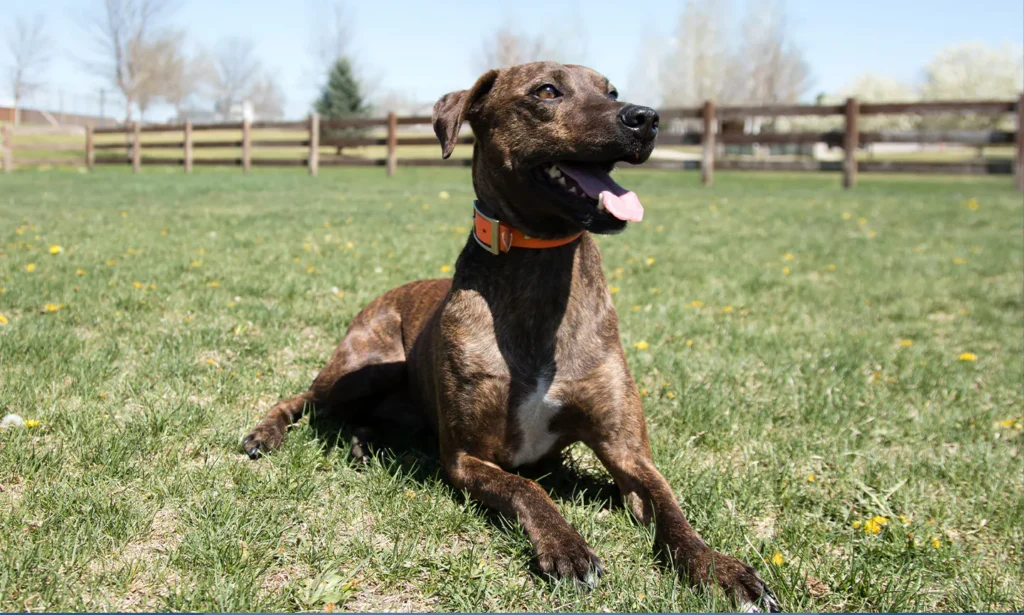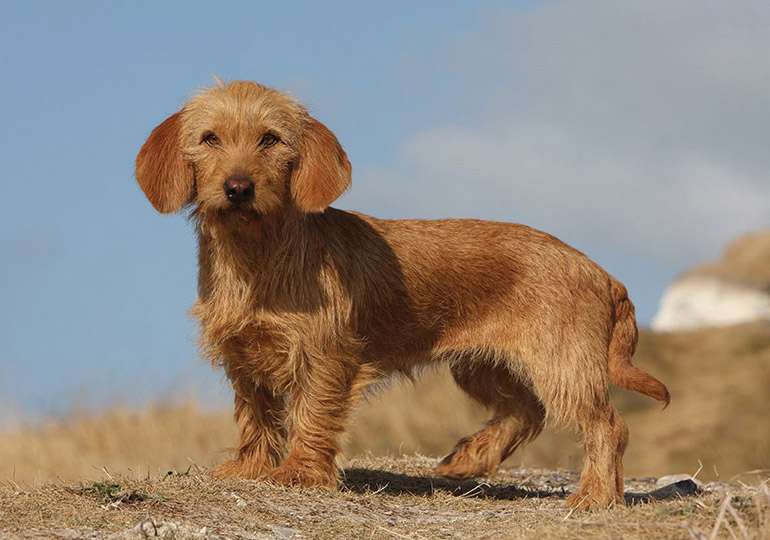
The Plott hound is an American medium-sized hound dog breed with a short, lustrous coat that is often brindle in color. The dog typically has brown or hazel eyes and medium-length, drooping ears. Its skin doesn’t have the wrinkles and droopiness found in many other hound dog breeds, like the bloodhound. Its long, lean legs and powerful body provide it both speed and endurance. The Plott hound can be a devoted and fearless hunting dog. It is often loyal and eager to please.
Because Care Plott hounds are intelligent and active, they require a lot of daily activity to be content and well-adjusted. Simple grooming standards apply to them. They should also start getting socialization and instruction at a young age.
Care as a Pet/ In Captivity

Exercise
Plan to exercise your dog vigorously for at least one to two hours each day. Without something to do with its energy, a bored Plott hound could act out or do other unwanted things. Long walks, running, riding, and playtime are all excellent methods to expend some of the energy in this breed. Additionally, canine sports like tracking and agility can present both physical and mental obstacles. Additionally, puzzle games might aid to stimulate the mind.
When outdoors, make sure your Plott hound is leashed or in a secure enclosure. Due to the breed’s high prey drive, your dog might not always respond to recall commands and instead dash off after what it thinks is prey.
Nutrition and Diet
Keep fresh water readily available for your Plott Hound at all times. And feed it a high-quality, nutritionally balanced meal. Two measured meals should be given twice daily to make sure your dog is receiving the right amount. Always go over the amount and type of food with your veterinarian to be sure you’re taking care of all of your dog’s specific needs. Age, exercise level, and other factors can all affect a person’s diet.
Grooming
Weekly brushing with a grooming mitt or soft-bristle brush is recommended to remove loose fur and distribute skin oils. You may need to brush your pet more frequently to keep up with the loose fur during times of increased seasonal shedding, which is frequently in the spring and fall.
Depending on how unclean it becomes, give your dog a bath once a month or more. However, be sure to examine the dog’s ears at least once every week to determine if they need to be cleaned because wax and debris, particularly in pendant dog ears, can accumulate. When the ears are wet, be sure to thoroughly dry them. Additionally, inspect your dog’s nails around once a month to determine if they need to be trimmed. And make an effort to use dog toothpaste to brush its teeth each day.
Table





